People think SEO is all about traffic.
But I’m here to tell you that’s not the case.
Yes, if you do it correctly, SEO should bring in lots of traffic.
Ultimately, though, SEO is about revenue.
It’s about driving in new customers to buy stuff.
And that’s why most people do keyword research wrong.
Here’s the common mistake I always see.
People do two things when researching new keywords:
- They look at estimated monthly search volume
- And they compare that to the competition
That’s a good start, of course. But it’s often not enough.
The problem is that it leaves a giant, black hole in your SEO strategy where it matters most: The bottom line.
Only comparing volume and competition leads you to make questionable decisions.
In this scenario, you typically select the highest searched keyword that you can compete for.
It’s like a popularity contest. Keywords are chosen for their ability to drive traffic, not for their ability to convert.
That’s the problem we’re going to fix today in this article.
I’m going to show you how to side-step this common mistake. You’ll see the ‘missing ingredient’ from your keyword research. And you’ll discover how to not just get traffic, but more leads and customers, too.
But first, we need to relate keyword research back to something you’re already familiar with:
The Buyer’s journey.
Why your content and keywords should align with buyer’s journey stages
A recent study found that “55% of consumers visit stores before buying online.”
Wait a second. What?
People visit physical stores and then buy online?
That’s odd.
You’re used to seeing the reverse. People will research stuff online before buying.
The study goes on to confirm that “more than half (56%) of 18-24 year-old shoppers say they buy products sight unseen.”
The theory behind such a high rate of physical inspections comes back to the product.
The more “high-touch” it is, the more common someone wants to see it or feel it in person, first.
That makes sense when you consider it.
You might buy socks on Amazon, without ever looking at them. But if you’re going to throw down a few hundred bucks on a new jacket, you’re going to want to make sure it fits properly.
What this means for companies, though, is that we live in an omnichannel world.
People not only research things online extensively before buying. They now also will research stuff offline, buy online, and vice versa.
Google calls this early research period the Zero Moment of Truth (ZMOT). Their data shows that almost all consumers today will research extensively before buying.
And what’s happening, is that they’re slowing moving through the stages of the buyer’s journey.
Here’s a perfect example of what visitors are experiencing when they get sick:
A healthy person is never going to buy cough medicine.
Why would they? They don’t have a need for it just yet.
Only when their throat starts to hurt, do they realize they have a problem.
Next, they’ll take a look at all the various alternatives they could buy.
And that’s no easy feat, because we’re literally surrounded by medication.
Now, we know what customers are doing before buying (more or less).
Our goal is to construct a conversion funnel that lines up with each step.
Consumers own the shopping experience. They’re going to shop how they want, when they want.
No amount of advertising or campaigns we run will change that.
So don’t fight it. Instead, adjust and respond accordingly.
Bringing this back to SEO, it means you need to create pages on your site for each step.
This is the content mapping process. You take each customer persona, and figure out what they would want to see in the Awareness, Consideration, and Decision steps.
The reason we’re spending so much time here is because most website I see are lopsided.
They either have too much Awareness content, like blog posts. And not enough Decision-stage stuff that will convert they people they’ve brought in.
B2B companies often suffer from the reverse. They have too much Decision-stage content that only talks about their company, their products, or their services.
Why’s that a problem?
Because it means they can’t optimize for Awareness keywords to bring in enough search volume.
See what I mean?
Keyword research and optimization is completely dependent on your site content.
You can’t optimize an About page for a big, popular keyword like “content marketing.”
I mean, you can. But it won’t rank anytime soon.
That’s why one of the first things I do when starting work with any B2B company, for example, is to build out their content assets, first.
They need content targeting each funnel stage:
Before we can optimize each to bring in leads and customers.
I know. It’s kind of a chicken and egg problem.
But search engines are too sophisticated today.
You can’t fool them. At least, not for very long.
When companies come to me, suffering from lots of traffic but low deal flow, I like to use the following trick.
Treat SEO like PPC.
Yes, you heard me. I want you to take a PPC-based approach to keyword research.
How to find keywords by funnel stage
PPC only focuses on keywords that convert.
You don’t care about traffic or clicks or impressions or any other vanity metric.
Literally, the only thing that matters, are the ‘money keywords’ that drive leads or sale.
Tiny variations on a word suddenly matter. One word substitution in a phrase becomes a big deal.
So I want you to organize SEO keywords by match types. Just like you’d do with a PPC campaign:
At the top of the funnel, people are simply looking around at various TVs.
In the middle, they’re looking for pricing information.
And at the bottom, they’re ready to purchase.
But more importantly, do you see the specific words they’re using at each point?
- “Reviews” at the top.
- “Best store” in the middle.
- “Buy” at the bottom.
That’s what we want to focus on here.
People use specific words that indicate which stage of the funnel they’re in. That’s how you identify them.
And that’s how we’ll take them to optimize content in a few seconds.
Here’s a good starting point from the HubSpot’s Inbound Conference:
People in the Awareness stage often use “issue or opportunity” terms. That makes perfect sense when you think about it. People are just beginning to realize their problem.
Think about how you found this very post you’re reading right now.
Why’d you click on this one and not one of the hundreds of others that crossed your stream today?
Because you identified with the problem.
The Consideration stage is when people start looking for solutions. They start looking for “tools,” “suppliers,” or “services” that can remove this pain point from their life.
Here, they’re comparing alternatives.
There might be five different software options that solve their pain point. So they’re gathering data on which one is right for them.
Finally, “reviews,” “benchmarks,” or “tests” can help someone make the ultimate Decision.
Of course, real life is a little more complicated and nuanced.
But try to keep it simple.
These three ‘buckets’ are fine for including in your keyword research.
Now, when you’re going to start researching keywords, you’re not just looking for volume and competition.
Instead, you’re starting with funnel stage.
You’re deliberately looking at keywords under Awareness, for example.
Then, you can drill down into the volume and competition for each. So you’re only ultimately comparing queries in the same funnel stage.
For example, pull up Ubersuggest and type in your search queries.
Mine is “keyword research.” 
Ubersuggest will do exactly what is says: suggest new potential variations based on the original keyword.
So you’ll get a massive list of potential options, all with their estimated volume, CPC, and competition measures.
But first, we need to make this data relevant.
Scroll down to the very bottom of the tool and hit “Export.”
Exporting the data into a CSV file will allow you to start adding more context to each keyword.
For starters, you’d want to start assigning a Funnel Stage from the three options we’ve covered above.
Now, you can add one more column for the important piece:
The landing page.
Keyword research is nothing without pages to optimize.
So let’s look at examples for each step of the funnel to see how you can complete this process.
Step #1. Top of the Funnel
“Las Vegas” gets over a million searches each month.
Crazy, right?
Just getting a tiny slice of that would get you tons of traffic.
But you know what?
Most of that traffic would be completely useless if you were selling products or services.
(Ad revenue might be a different story.)
The reason is because “Las Vegas” is just too general.
You don’t understand the search intent behind that query. Which means you probably can’t figure out how to optimize a page on your site for it.
People looking for this could be looking for the weather, for example.
They’re not exactly ready to buy show tickets or a hotel room just yet.
Not only that, but you’re also most likely competing against the big boys with huge budgets.
I like to look at the top few PPC results to get an idea of how smart advertisers are targeting different keywords.
And “Las Vegas” shows some tough companies:
That’s why most people suggest a long-tail approach to top-of-the-funnel keywords.
You can target a ton of less competition queries that are also experiencing the problem you’re describing.
Take “UX mistakes,” for example.
No, people won’t Google this and convert immediately. But you can easily target keywords like this with blog content:
You’re getting them into your website initially, so that you can send them into other resources or retarget them with ads down the line.
Here’s how I like to generate new top-of-the-funnel keywords.
Write down all of the pain points customers experience. Follow that up with the benefits of your product or service.
Take these potential topics and start building out your categories for your blog.
Now, for each one, see if you can attach the following top-of-the-funnel keyword modifiers:
- Fix
- Issue
- Problem
- Troubleshoot
- Upgrade
- Prevent
- Optimize
Plug these variations into Ubersuggest. It will spit out dozens of new awareness keywords, perfect for new blog post topics.
Now, see if you can find a few related ‘clusters’ of these keywords.
If you have a really popular one, that can serve as the ‘hub’ for the specific variations underneath.
Hub pages can be really long, in-depth resources, like my guides that span several different topics:
Each of these guides can internally link to relevant blog posts that cover similar topics.
And you’re building out a ‘web’ of relevant terms for Google to index.
Beyond just bringing in traffic, guides can also help you start turning strangers into leads.
Here’s how.
Step #2. Middle of the funnel
People in the consideration stage are now looking for options.
They’re looking for solutions to the pain they just realized.
Now, they’ve skipped over generic terms like “Las Vegas.” And are now looking for something specific, like “Las Vegas hotel rooms.”
Here, your objective changes.
You want to go from pages that will attract eyeballs to ones that will get people to stick like glue.
And that affects everything you do.
For example, someone who’s interested in a blog post around some pain point isn’t going to spend three hours on your site.
The time and energy someone’s willing to invest needs to rise proportionately, first.
Once you do get that ‘buy in,’ you can use in-depth resources like guides to keep them reading or coming back.
Remember what we learned earlier?
Consumers will often research at least ten different resources prior to purchasing.
So do you want those ten steps to be on your site, or someone else’s?
Now, let’s repeat the process we took in the last step.
Isolate those same key product or service benefits. But this time, apply the following variations:
- Solution
- Provider
- Supplier
- Vendor
- Comparisons
- Software
- Features
People in this stage are comparing alternatives.
You don’t just want to ‘tell’ them about your features. You want to literally show them.
For example, head on over to the Crazy Egg recordings feature page.
Keep in mind that this is just one feature of several.
But we’ve gone through a ton of time (and money) trying to make it tell the best story.
We want to literally show people what the product does for them.
What does this have to do with keyword research?
Everything!
You want to transition someone’s interest in the middle of the funnel.
They’re looking for answers.
The keywords people use to find this page will bring with it a certain expectation.
They’re expecting to find something specific when they type in “ux design features.”
If the content on the page doesn’t line up with their expectation, they hit the back button.
And then you know what happens to your rankings?
They fall like a rock.
See, SEO isn’t just about keywords. It’s about optimizing for someone’s experience.
Ultimately, the best experience doesn’t just influence rankings.
It also dictates whether someone is going to take the next step to make a decision.
Or if they’re going to hit the back button on their browser to look for someone else.
Step #3. Bottom of the funnel
You’ve scoped out a few hotels for your upcoming trip to Vegas.
What do you do next?
You’re going to look for price comparisons for the actual weekend in question.
Now, you’re getting into crunch time.
You want to make a decision. But only after weighing all the options.
This is where you often start seeing branded queries pop up, for example.
You’re going to start punching in dates.
Soon-to-be consumers in the Decision stage will also use queries like the following:
- Pros vs. cons
- Benchmarks
- Reviews
- Ratings
- Pricing
If you’re looking for the “best CRMs” in the last step, in this one, you’re pricing each one of them out.
You’re looking at the ‘next steps’ involved.
Kalia Strong includes a few other excellent modifiers to start regularly including in your bottom of the funnel keyword research, too.
At this point, someone is trying to decide if they should move forward. And if so, should they move forward with you?
Again, connect that back to your site content now.
Let’s say I’m interested in HubSpot. But I know from some initial research that it can get pricey.
So what do I search for when I’m trying to weigh my options?
Check out the very first paid result for this example:
(Now do you see why we think more like a PPC-er when doing SEO?)
SharpSpring has helpfully put together a product comparison for me, available for download, of course.
Of course, SharpSpring is a HubSpot alternative.
They’re positioning themselves against HubSpot.
So this page is optimized with “comparing HubSpot SharpSpring.”

SharpSpring’s URL structure gives away their “alternatives” SEO strategy.
They’re building out multiple pages just like this to bring in people who’re ready to make a decision.
Dig around on their site for a few seconds and you’ll see these comparison pages pop up again:
And again:
Obviously, these pages won’t get a ton of organic traffic by themselves.
But that’s the beauty of this strategy.
They don’t need to!
All of the keywords you’ve targeted earlier in the process were designed to bring in people.
They will get people interested.
These pages are built with one thing in mind: convert.
Then, each page can have it’s own relevant search query assigned:
- Marketing automation vendor comparison
- HubSpot pricing and reviews
- Marketo pricing and reviews
- Act-On pricing and reviews
- Pardot pricing and reviews
- Infusionsoft pricing and reviews
That’s the chicken and egg problem illustrated.
On the one hand, you need to change how you’re segmenting keywords by funnel stage.
You want to bring in people at each step. Or transition ones from the step before.
BUT, you often can’t do that until you have the appropriate pages that also target each funnel stage.
Otherwise, you’re trying to optimize pages with irrelevant search queries. Ones with mismatching search intent.
So even if you did get clicks and visits, they won’t line up with visitor expectations.
Which means instead of buying, they’re going to bounce.
And go buy from someone else.
Conclusion
Traditional keyword research often fails.
It fails because people only consider volume and competition.
If they can reasonably compete for a term, they’ll go after the one with the best traffic metrics.
But traffic doesn’t mean much without buyers.
And too often, the most popular keywords only bring in traffic. They bring in people who’re looking for information around their problems.
However, these people are weeks or months away from acting to solve that problem.
That’s where the buyer’s journey becomes relevant.
You need to first consider funnel stages, and how to help people at each one.
Only then should you dig deeper into comparing search volume and competition.
Because then you’re comparing apples to apples. You need to make sure two keywords are directly related, first, before you can reasonably select one over the other.
Then, you can tack on different modifying words to bring up tons of related topics.
And this is where SEO starts.
Because you need to be armed with enough related searches, to then go out and build (or modify) the appropriate pages.
Without content and site pages targeting each step, those keywords aren’t going to do you any good.
Not only do the keywords need to target the appropriate search intent, but so do your pages.
That means if someone is looking for “best CRM,” they’re not looking for you to brag about being the “best CRM.”
They’re looking for a comparison of CRM alternatives so that they can choose who the ‘best’ is.
So it’s two sides of the same coin.
To convert more visitors, you need better search terms. But to dominate those search terms, you need better pages, too.
What are your top converting keywords and what do those pages have in common?
About the Author: Neil Patel is the cofounder of Neil Patel Digital.
from The Kissmetrics Marketing Blog http://ift.tt/2BPnoHu
from WordPress http://ift.tt/2EbmwC0

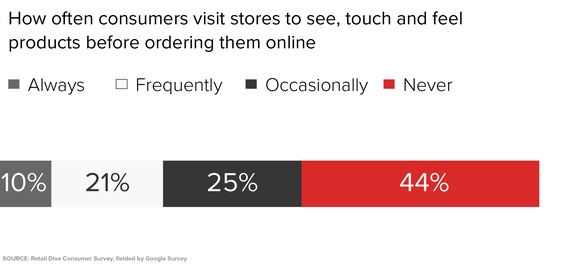
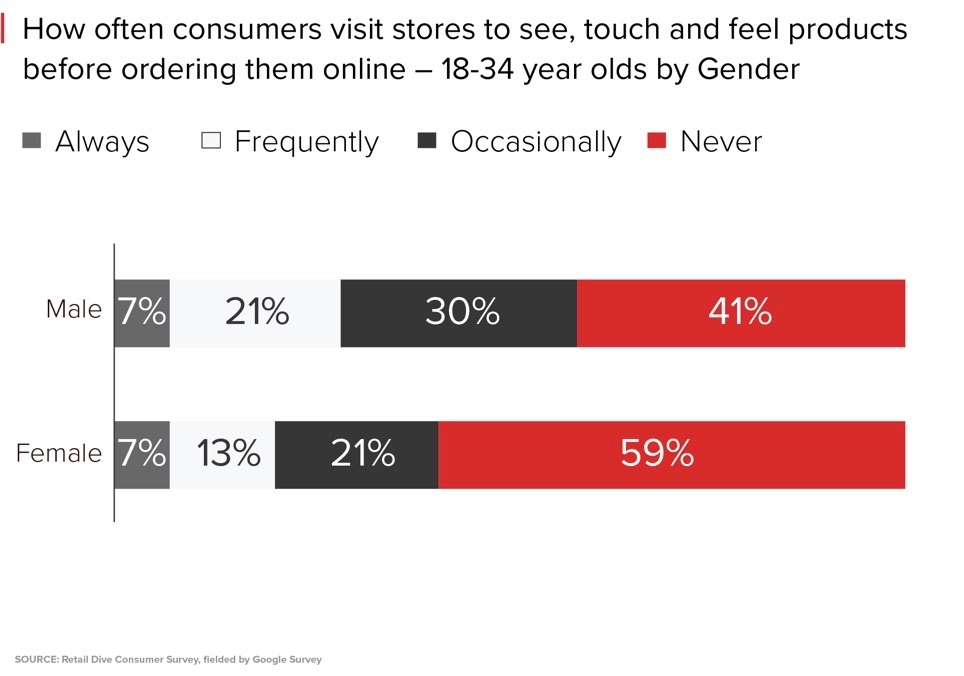
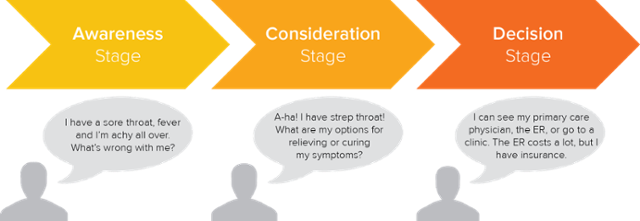
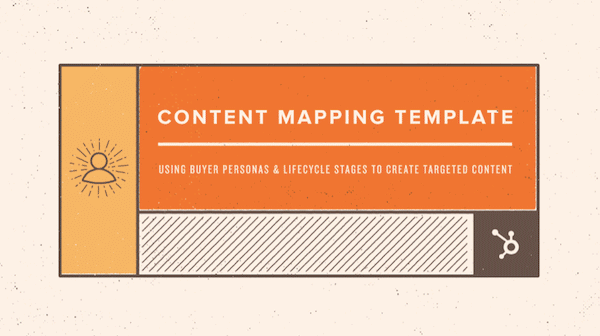

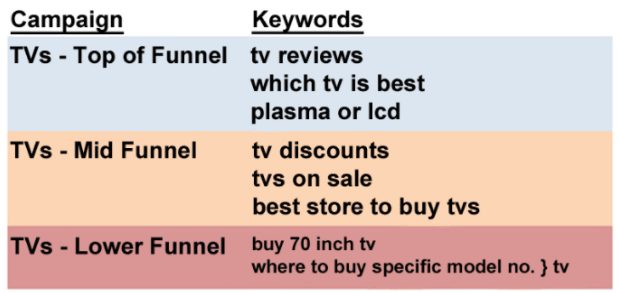
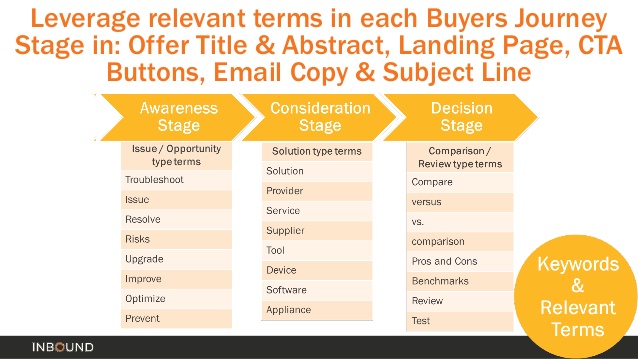

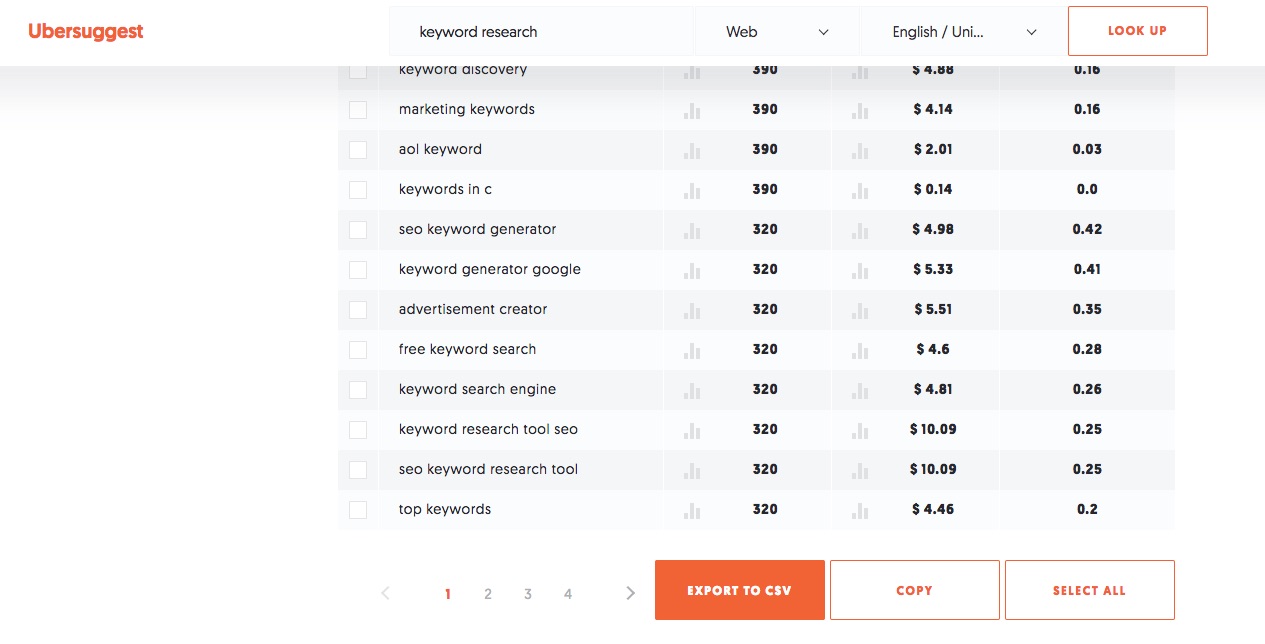
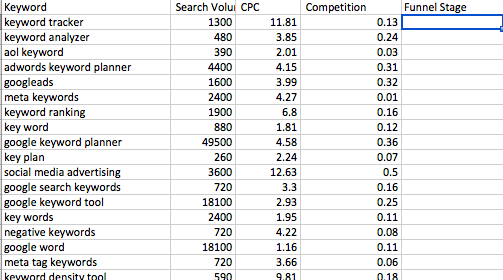

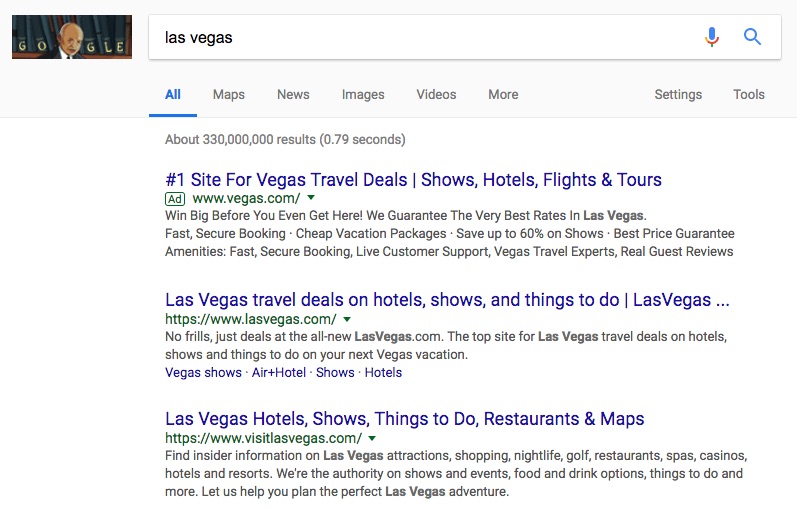

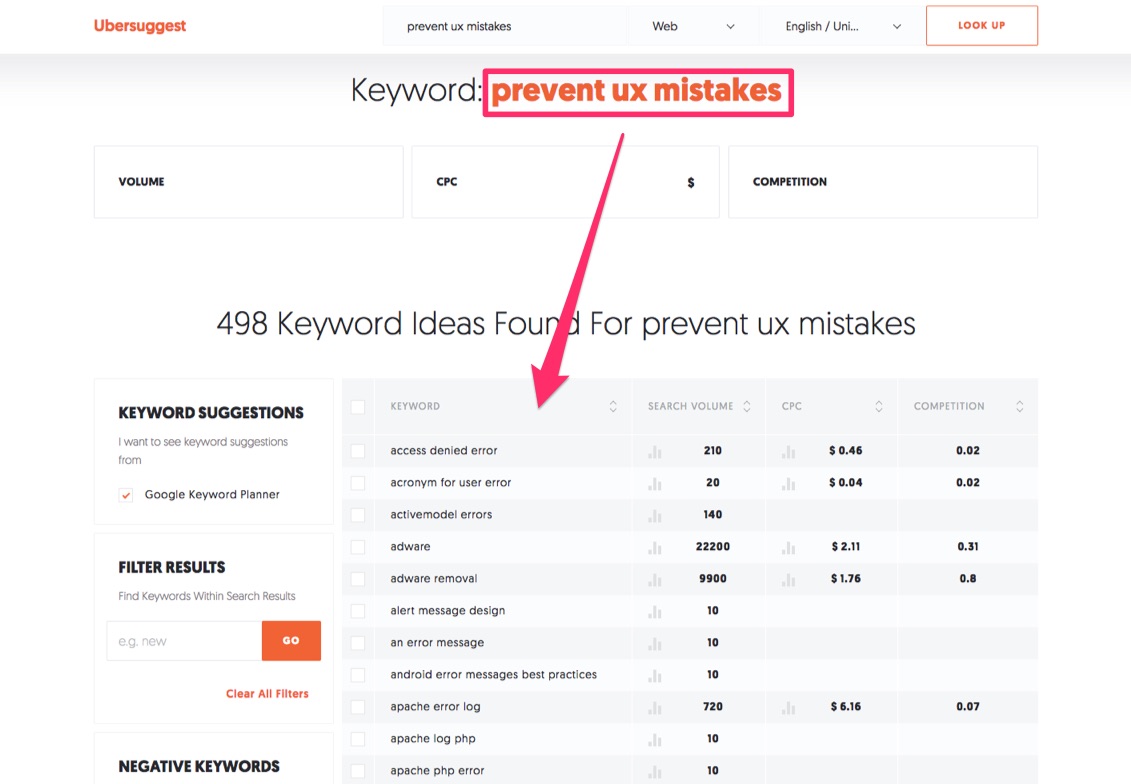
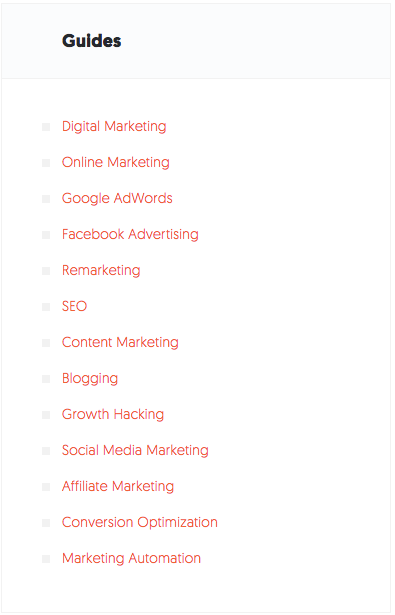
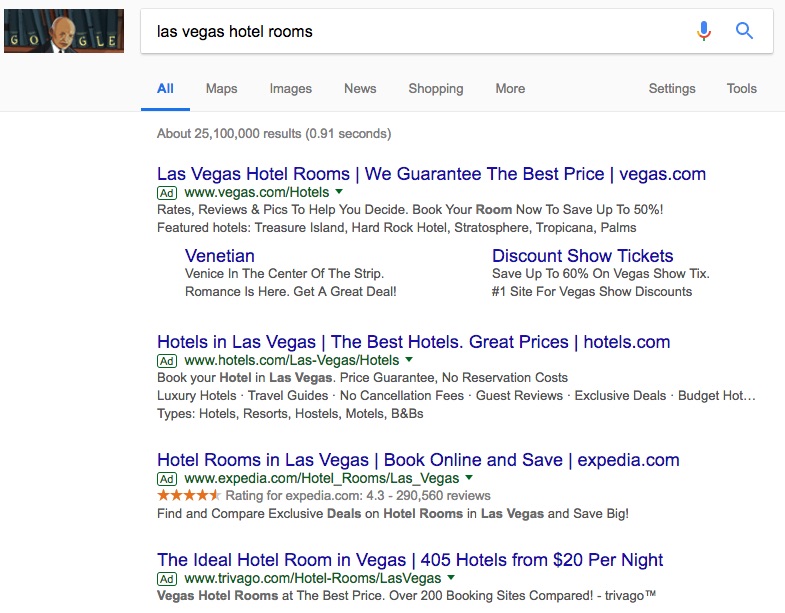
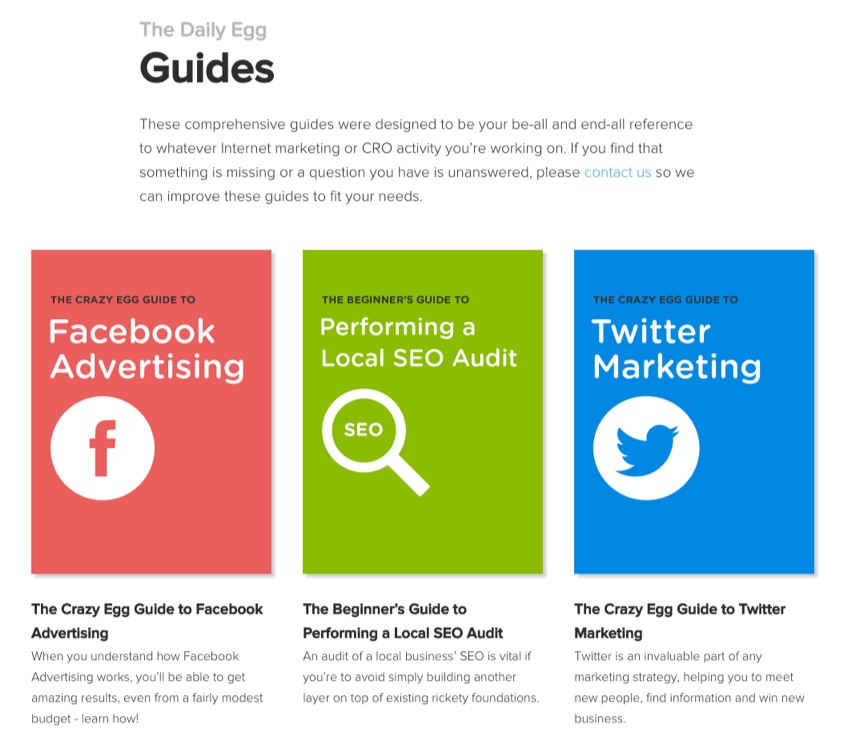
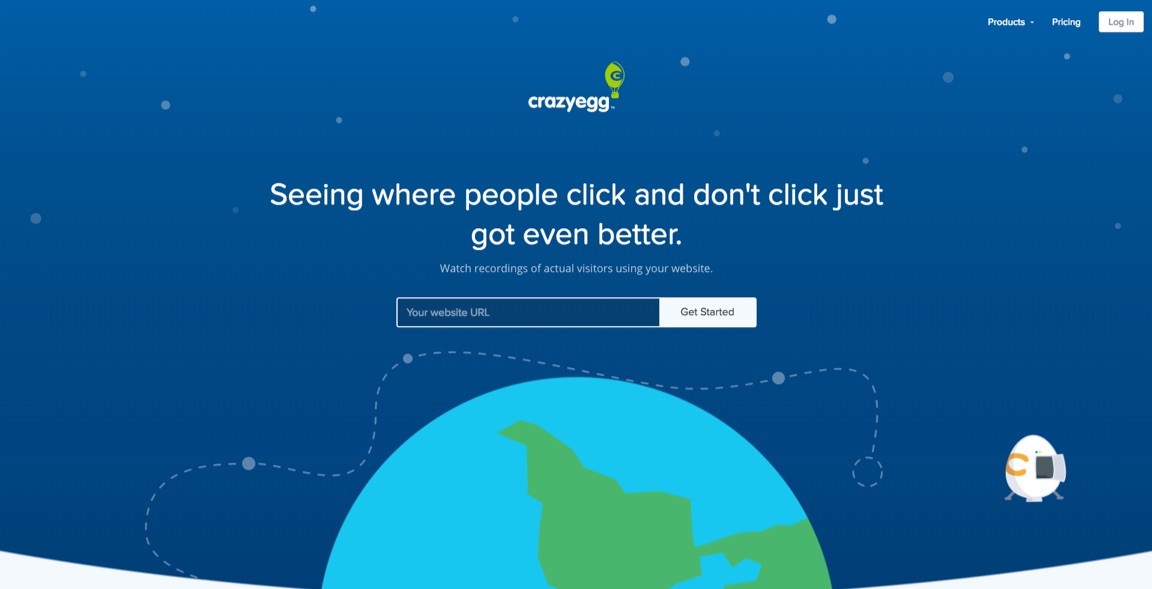
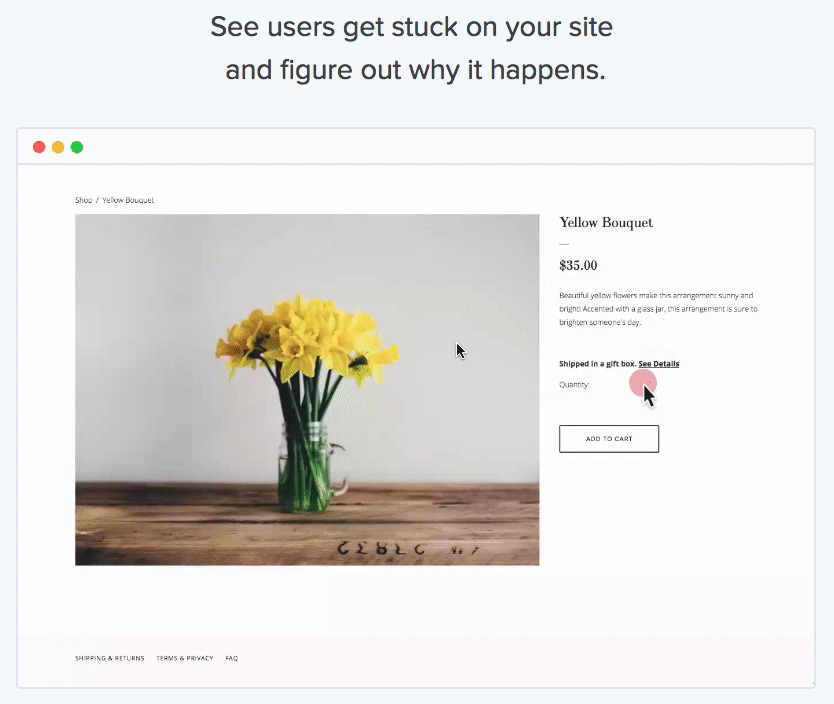

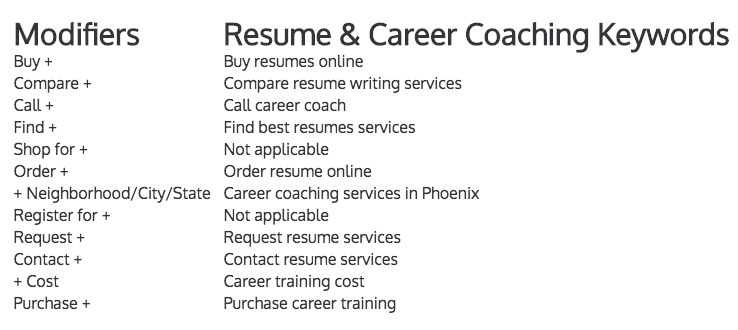
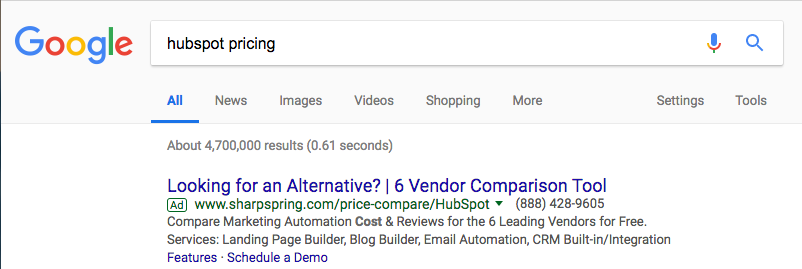
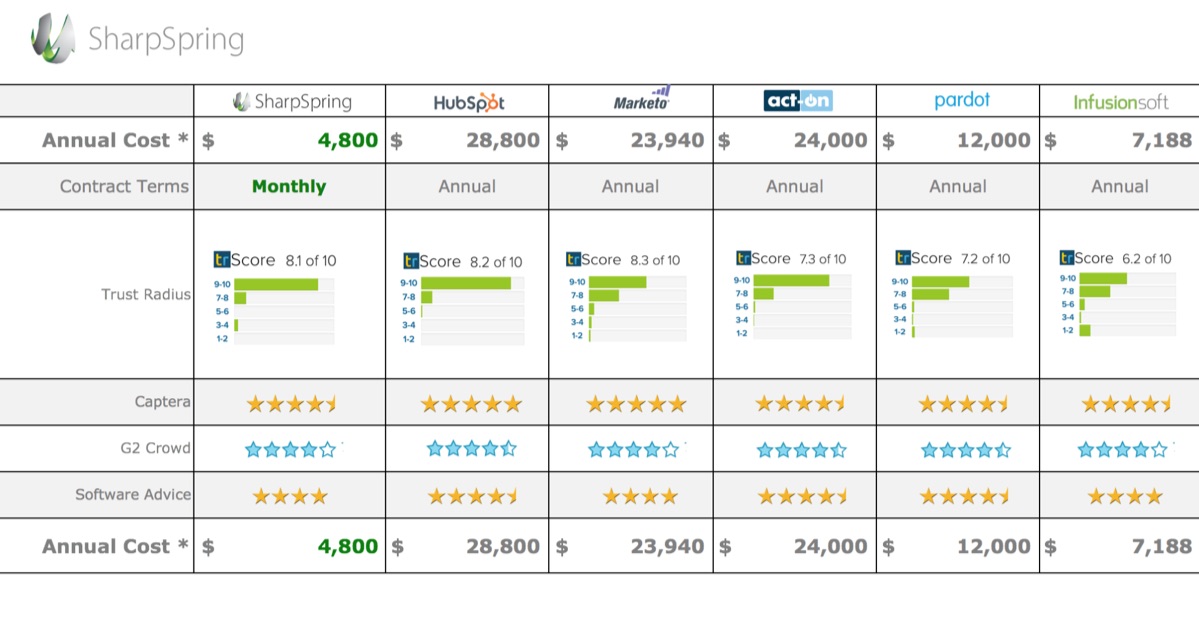


No comments:
Post a Comment